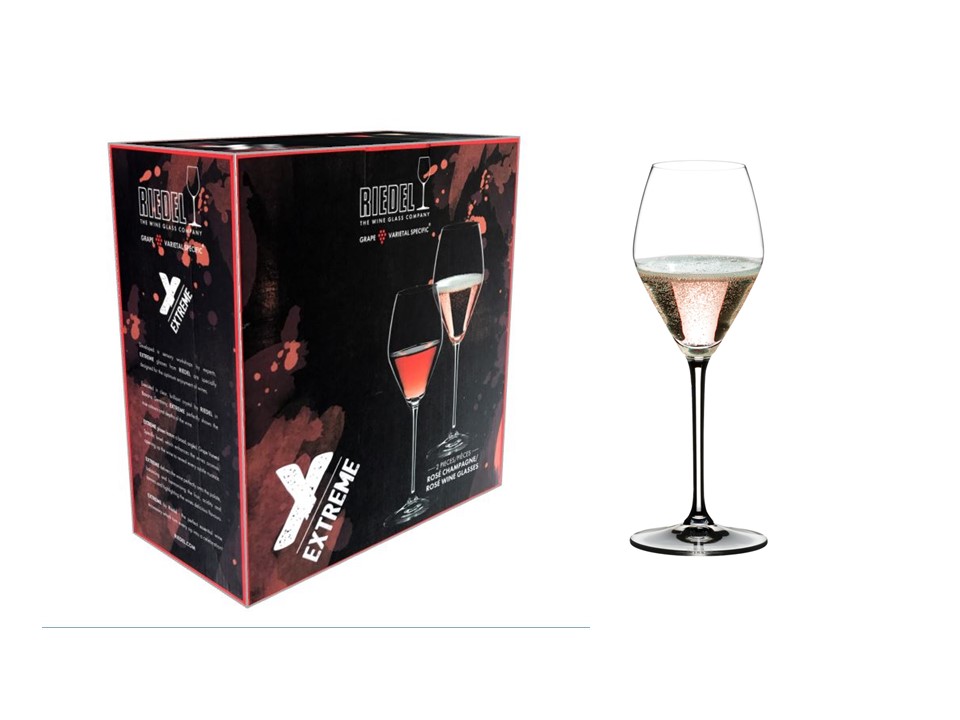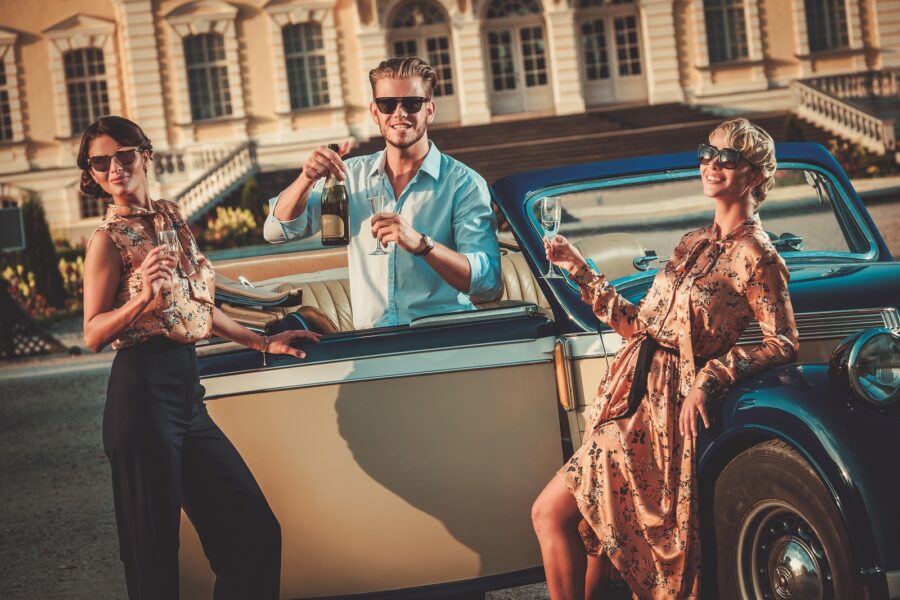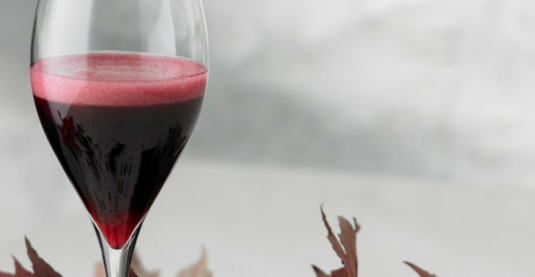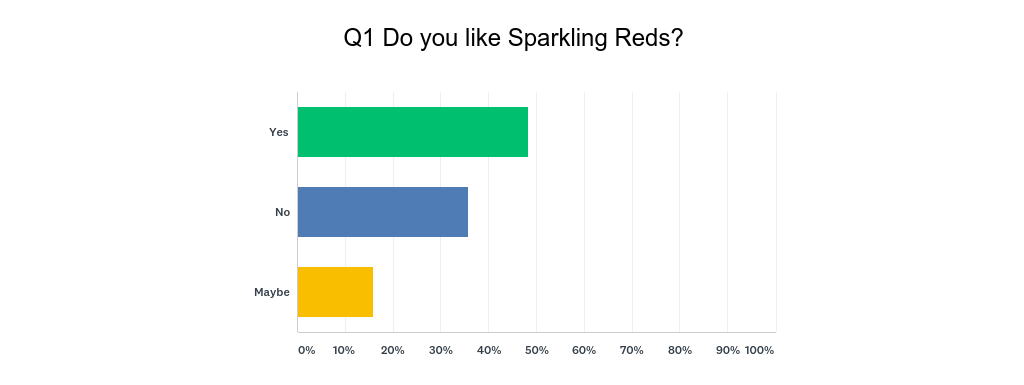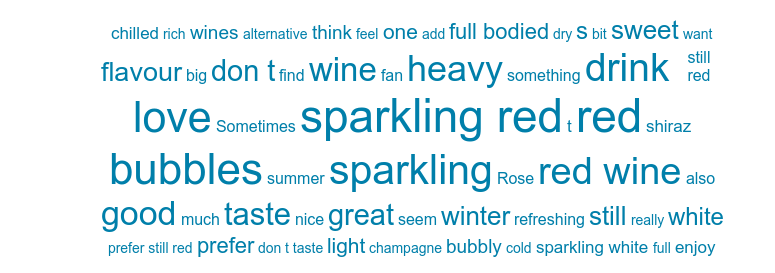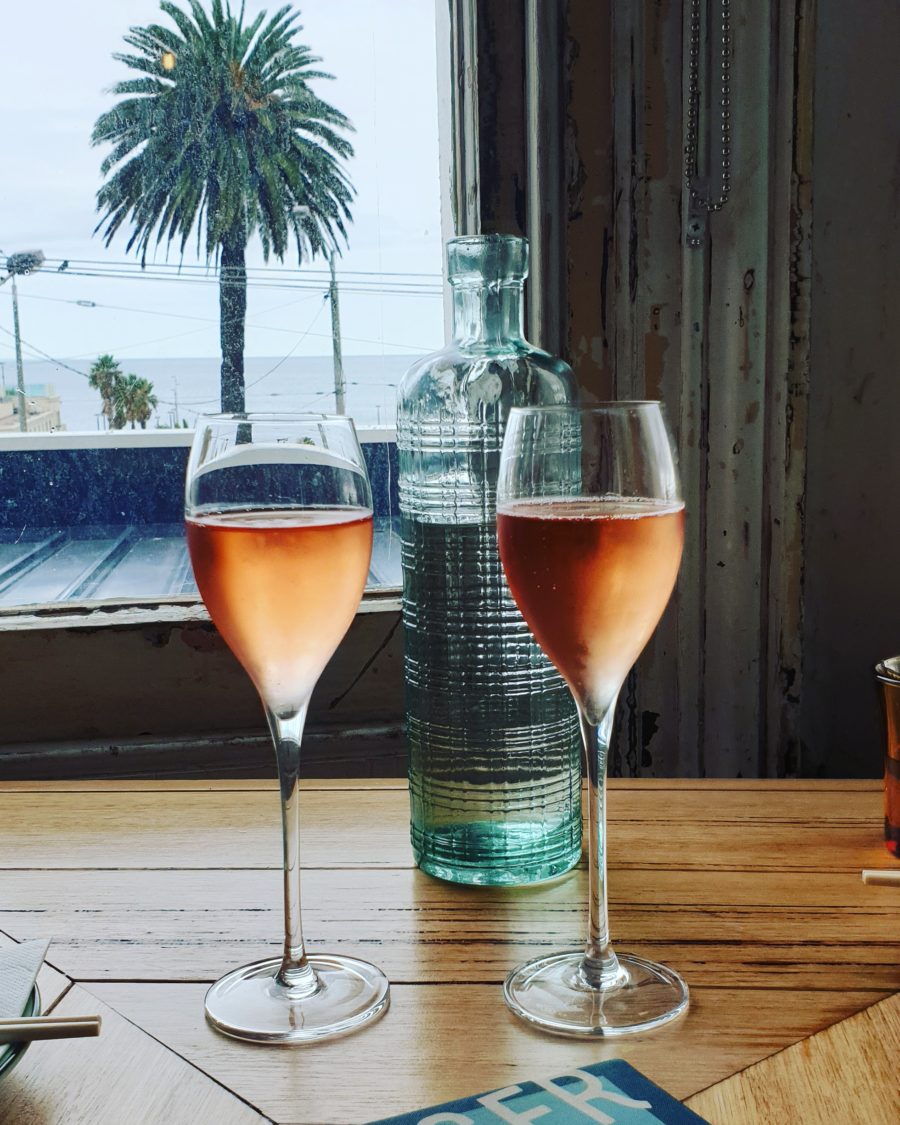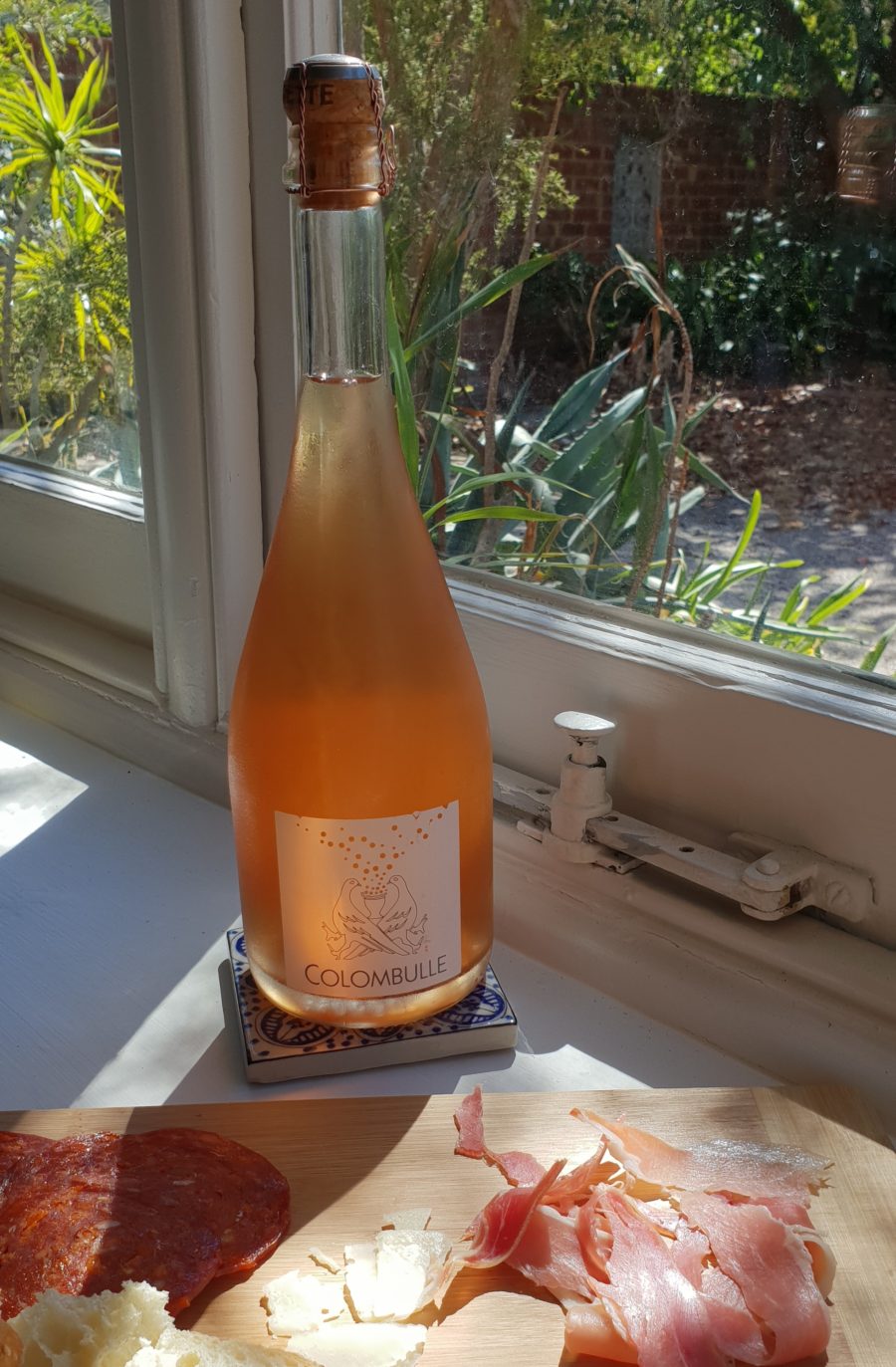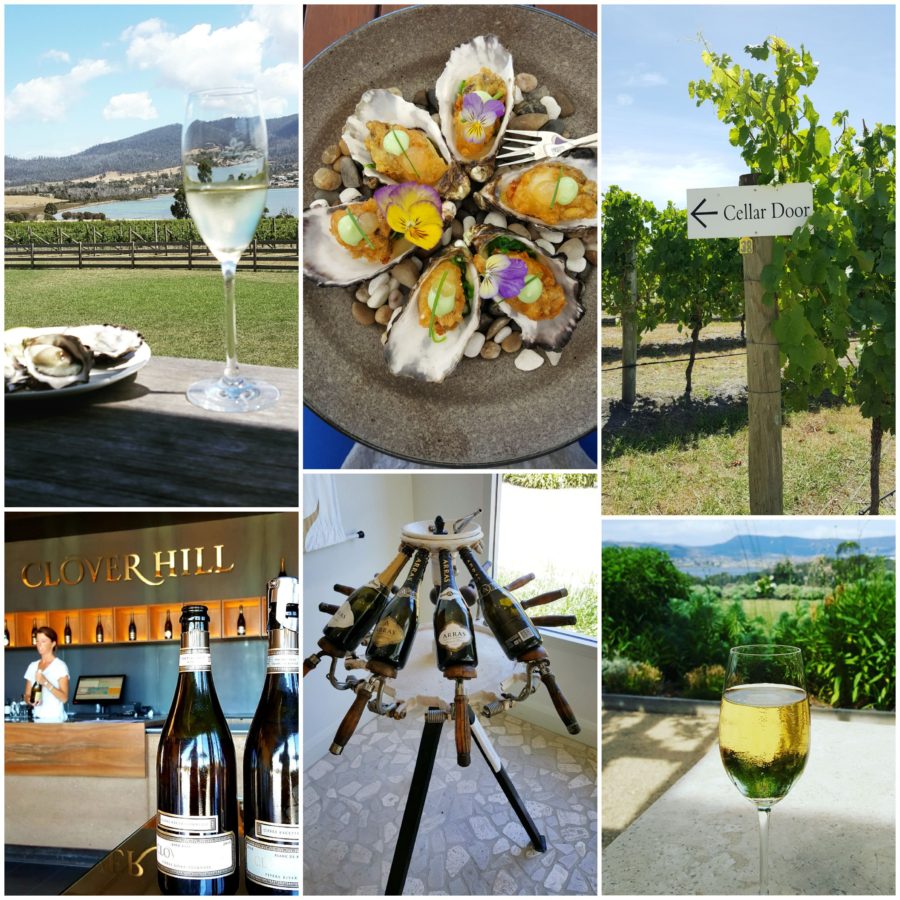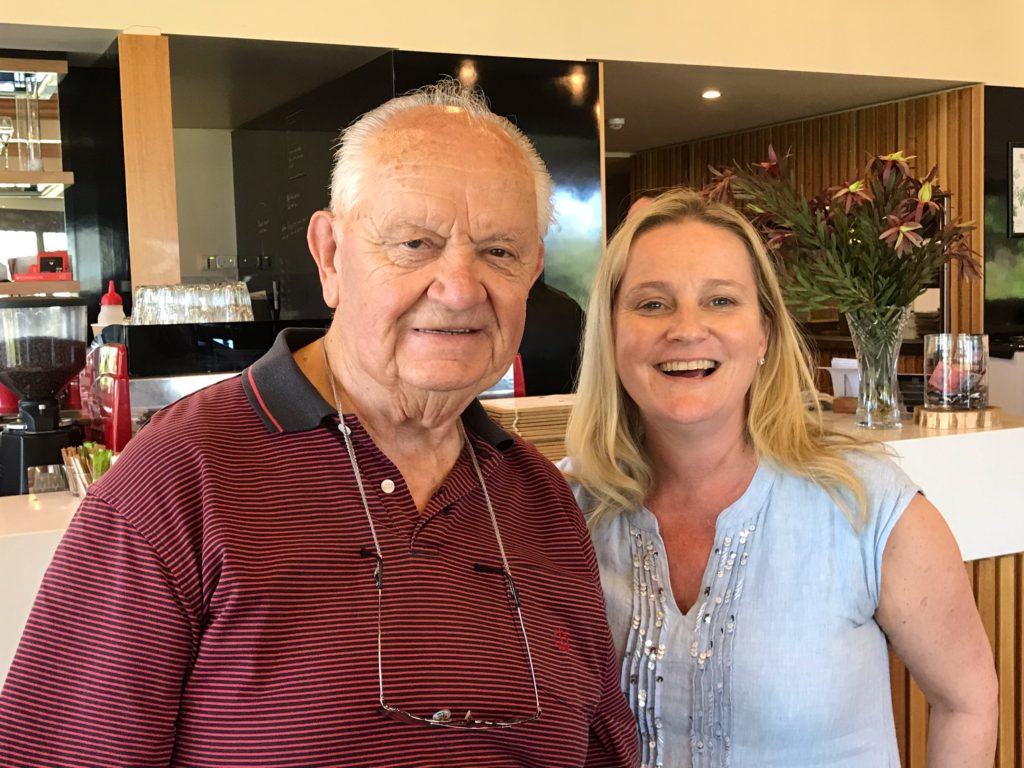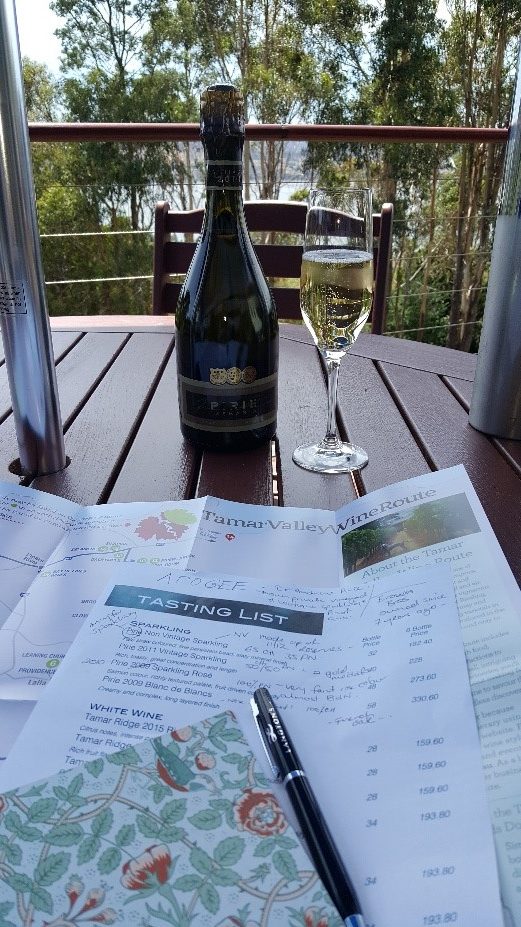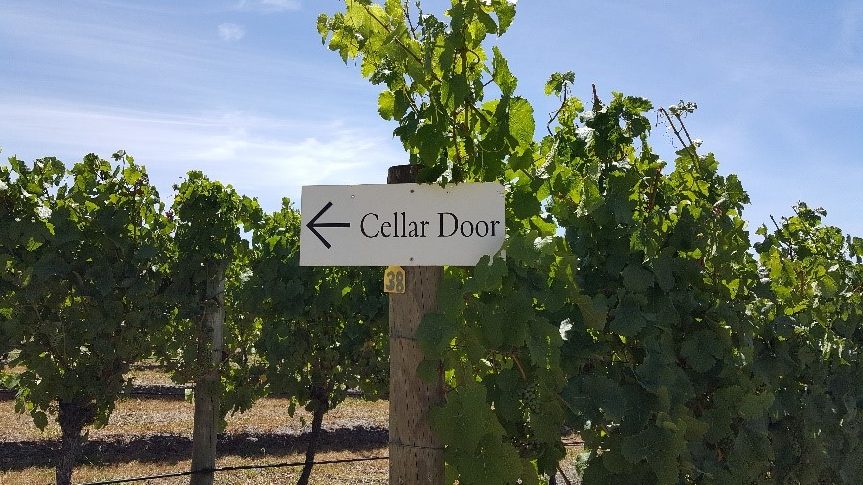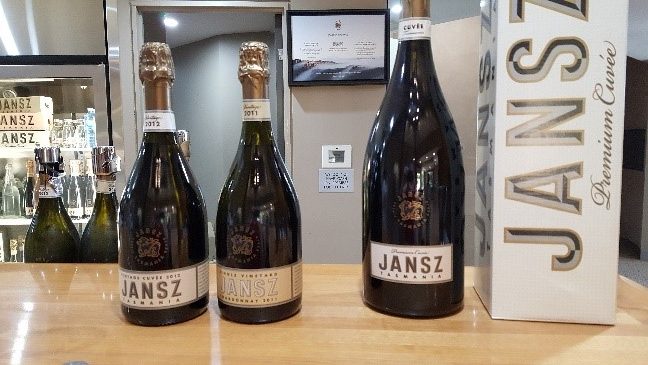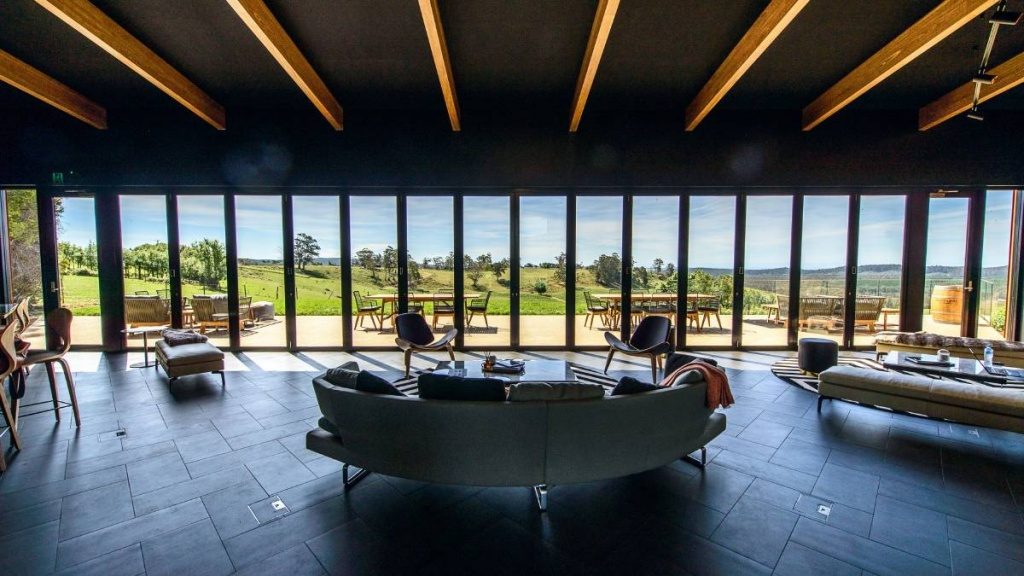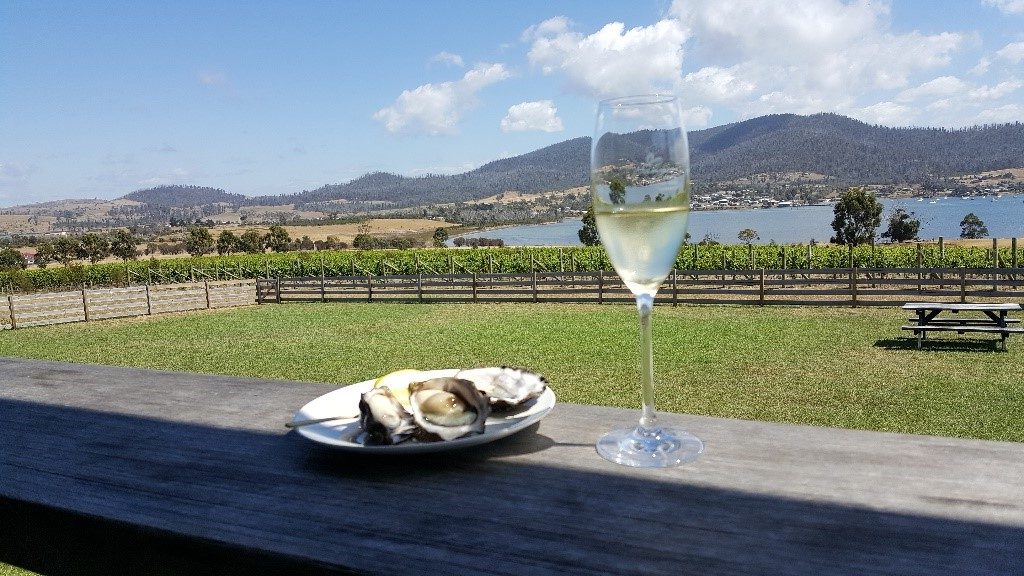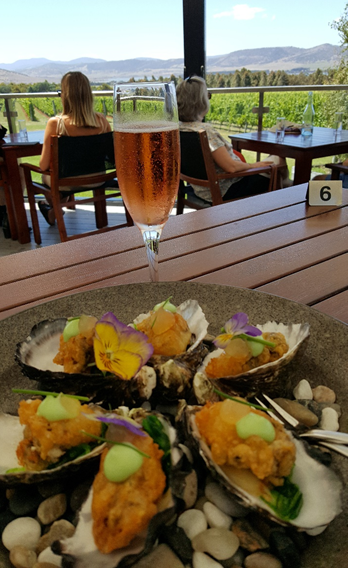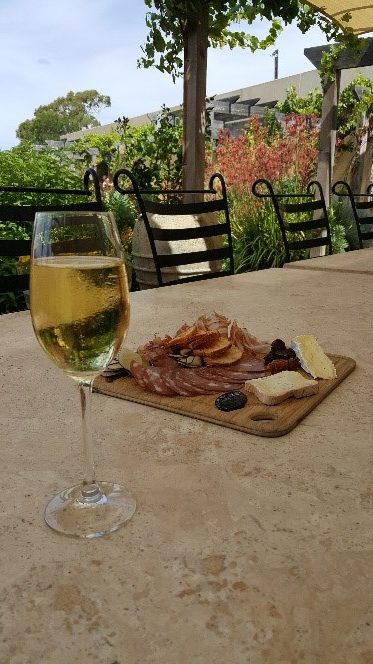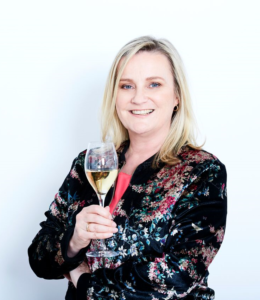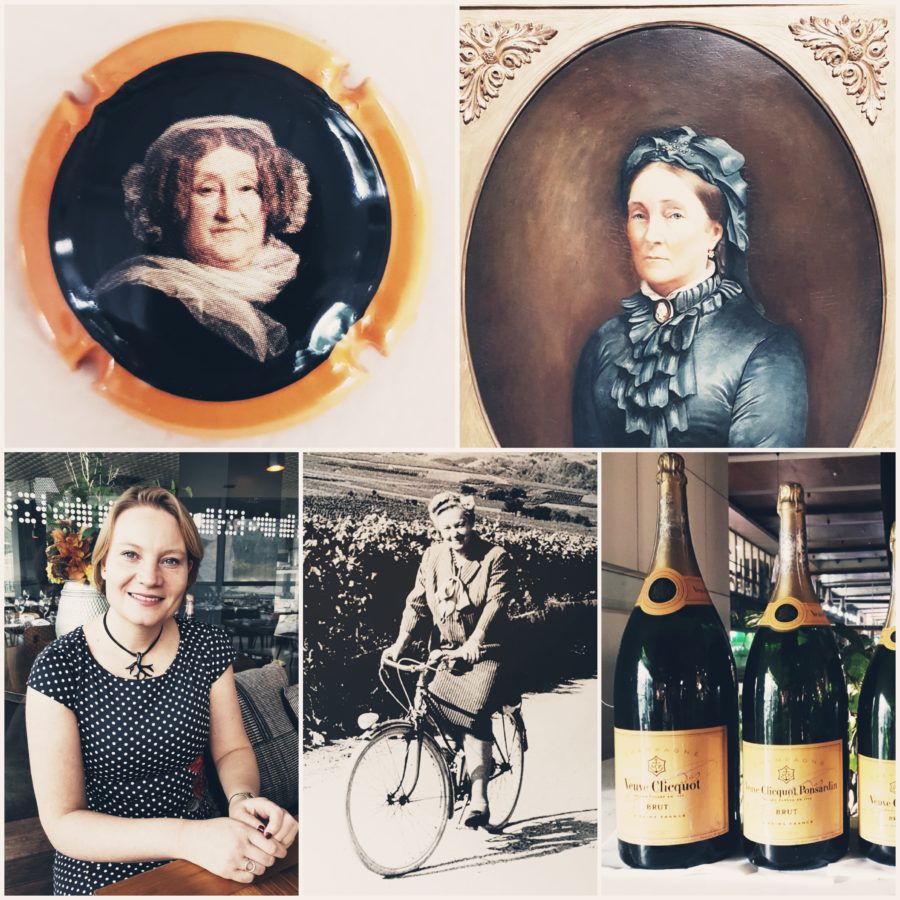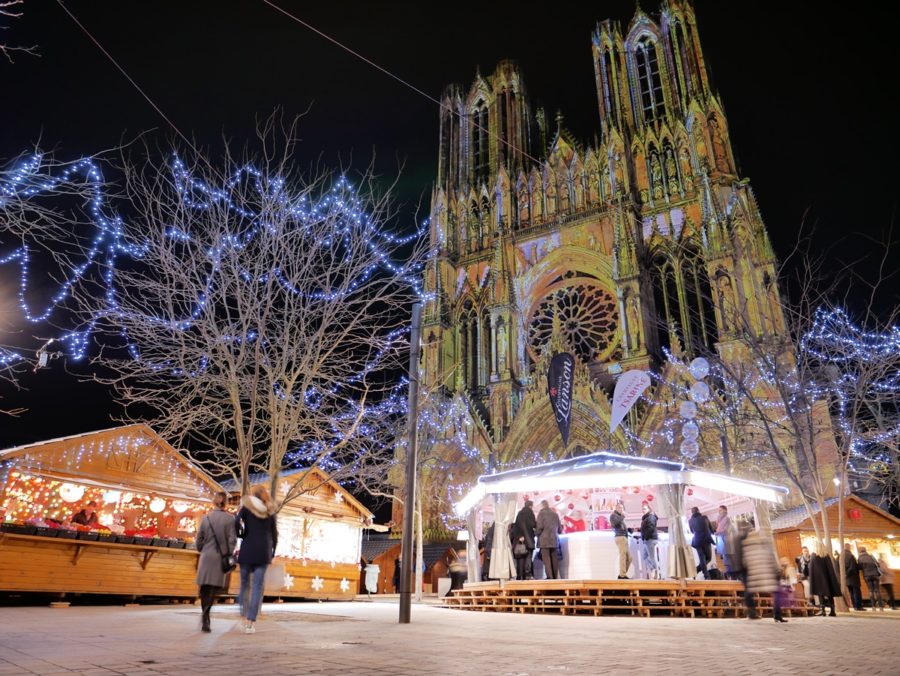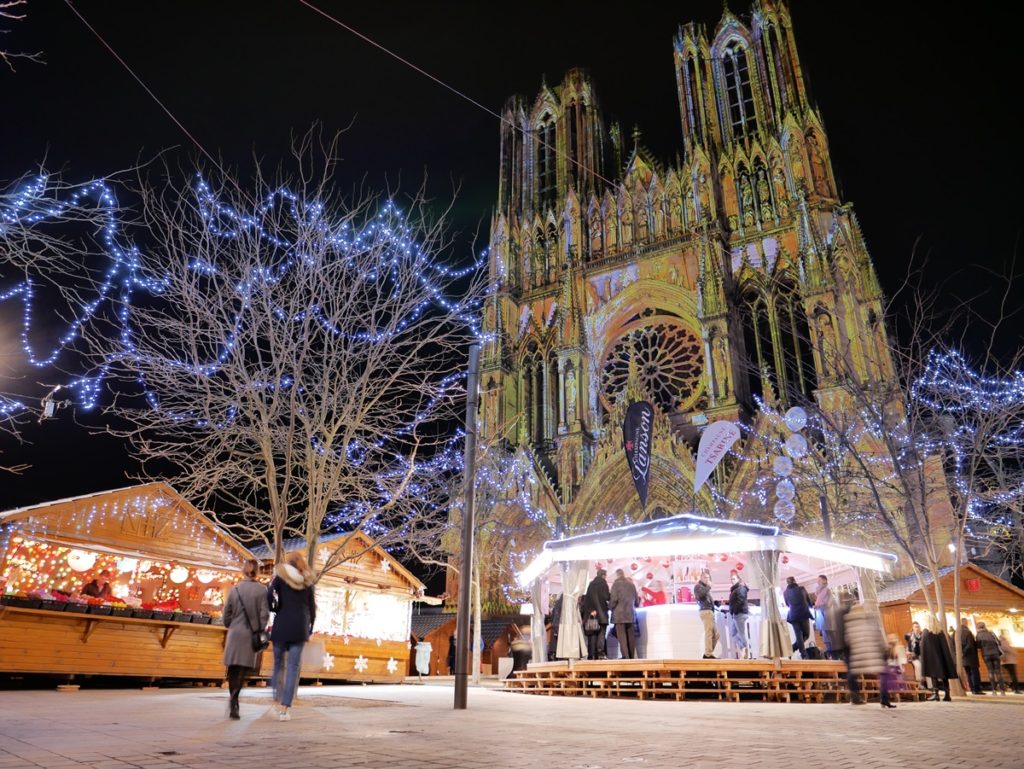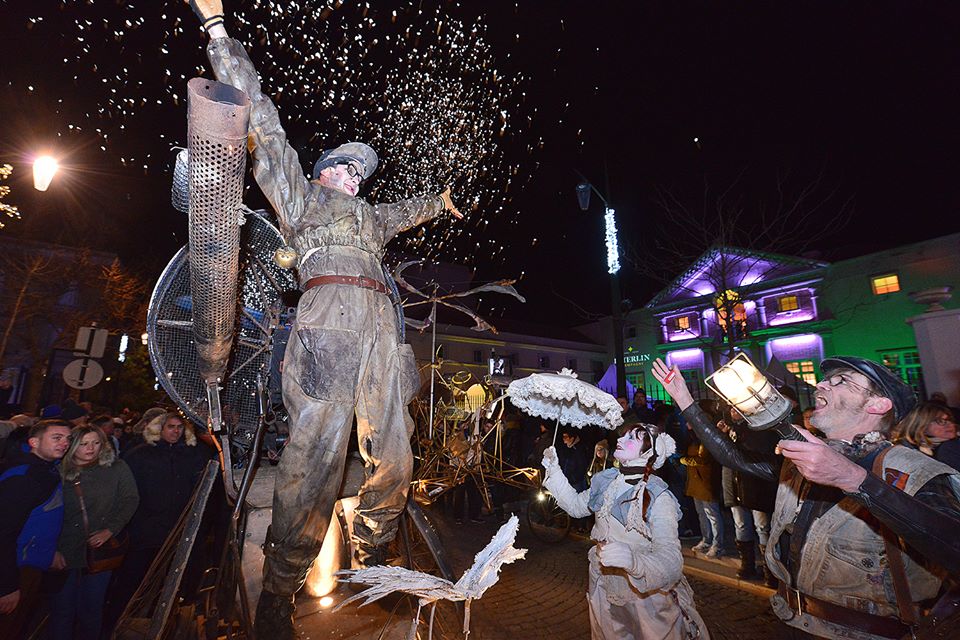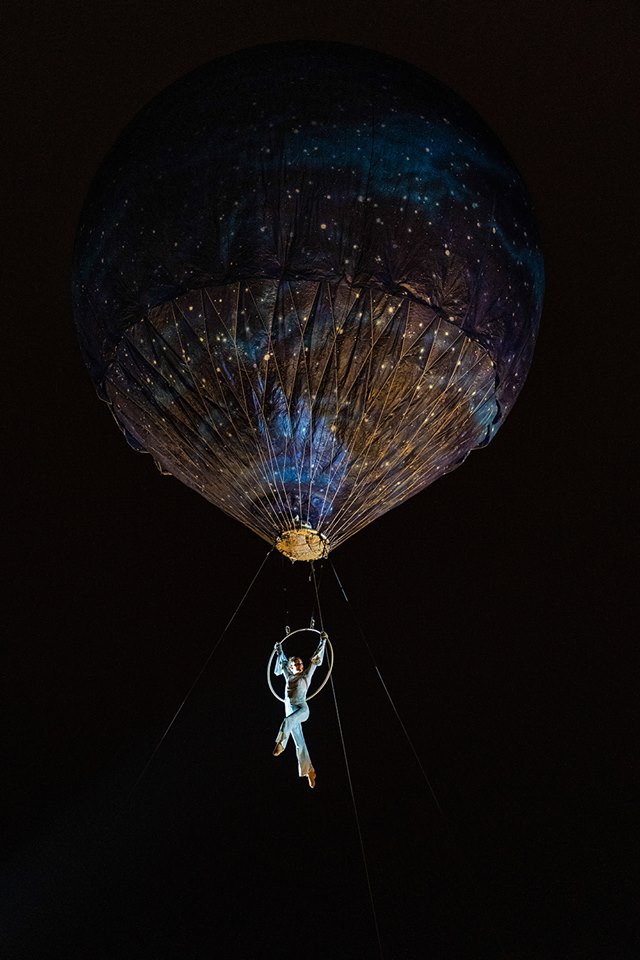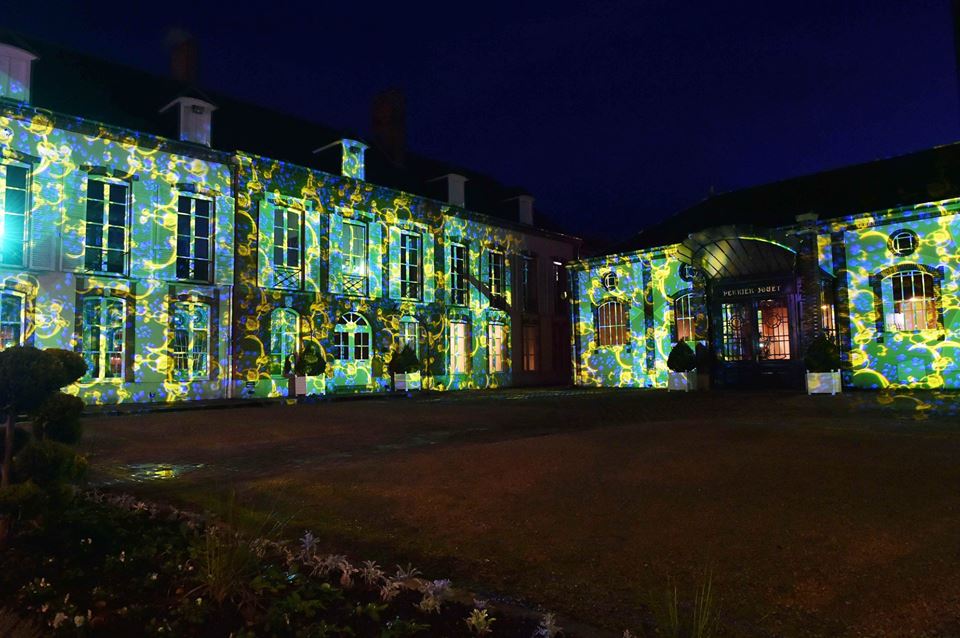At The Bubbles Review we love sharing the joy of sparkling wine, through our award winning blog, and our events and tours.
One of the things that I love about organising The Bubbles Festival is bringing the Cellar Doors, Producers and Distributors to our followers. I love creating opportunities for people to discover new sparkling wines, meet the wine industry and develop a greater appreciation of what goes into making a quality sparkling wine.
When we were experiencing restrictions to keep us at home, many people started ordering their bubbles online. So, we created an opportunity to bring the Cellar Doors to you. Just as we do at The Bubbles Festival, but when we went in lockdown, we did this in a virtual way.
It was so successful, we’ve kept the list going. Please see our list of virtual Cellar Doors below. Order direct to support this great list of wineries and distributors of Champagne and Sparkling Wine.
Printhie Wines – Orange, NSW
Sparklings: Swift Sparkling – Swift NV Cuvée; Swift Sparkling Rosé; Swift 2012 Vintage Chardonnay Pinot Noir; Swift 2010 Blanc de Blancs; Swift 2016 Blanc de Noirs
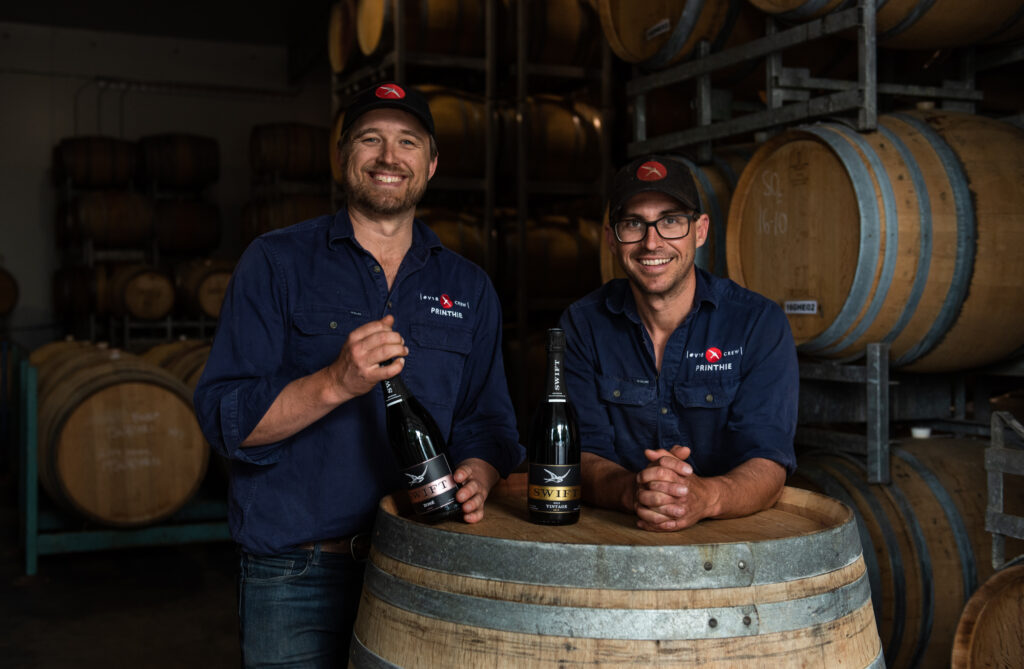
From the highest vineyards in NSW on the slopes of the extinct volcano Mt Canobolas, an elite range of sparkling has been handcrafted by Printhie Wines. Brothers Ed and Dave Swift have made their mark on the Australian sparkling scene with their method traditionnelle Swift Sparkling. Exceptional winemaking, cool climate craftmanship and the luxury of time has created a trophy winning range of sparkling wine. Printhie’s passion for sparkling is demonstrated by the patience required to ensure each bottle of Swift Sparkling has been aged to perfection before release. Spending at least 5 years on lees with some up to 9 years. The range has won 10 trophies and over 60 medals in the last 4 years alone.
Special offer and promo code: Use ‘FREEDELIVERY’ coupon at checkout for free shipping.
DAOSA – Adelaide Hills, Australia
Sparklings: 2017 DAOSA BLANC DE BLANCS; DAOSA NATURAL RÉSERVE 4TH RELEASE
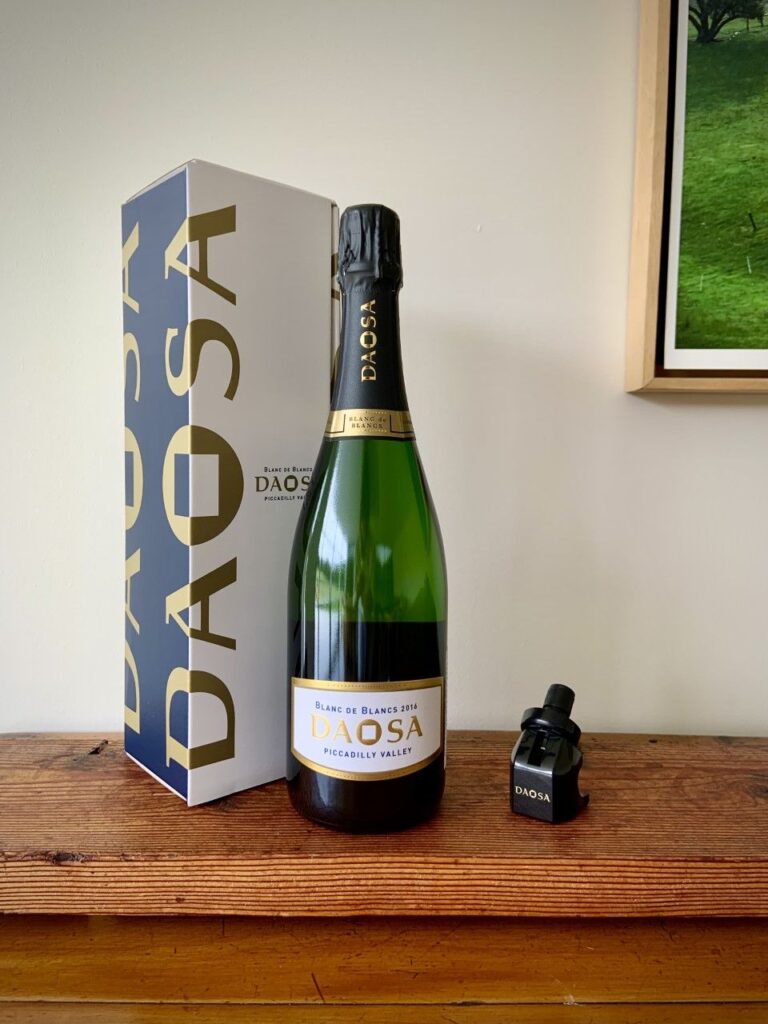
The vision for Terre à Terre and DAOSA has been to grow grapes of exceptional quality from carefully selected vineyard sites every year, and then vinify them using the best of French and Australian wine practices. We believe that with rigour and precision, we can produce world class fine wines which will have great aging potential, combining elegance and power. We like to retain our independence from the common wine trends and focus on creating a Great Australian Classic. The DAOSA labels was established in 2008, but the heritage goes further back in time. We both grew up surrounded by passionate winemaking families, Xavier in Champagne, France and Lucy in the Adelaide Hills.
Champagne Royal Riviera – Epernay, Champagne, France
Champagne: Champagne Royal Riviera Cuvee Brut Supreme.
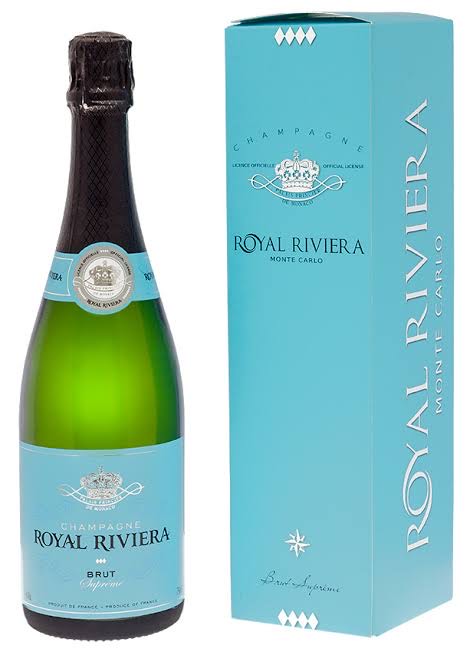
A blend of Pinot Noir 50%, Chardonnay 40%, Pinot Meunier 10%.
Parcels are 66% Grand Cru and 33% Premier Cru, from Reims, Cote de Blanc and La Vallée de la Marne. A Brut Champagne, Non-vintage, made from 100% reserve wines. A traditional style Champagne, originating in Epernay, France.
Predominantly Pinot Noir and aging on lees, this wine is very playful on the palate. Mellow tannin swirls enable the elegant mousse to open to its full potential, creating fullness in the cheeks. The second-generation notes are complemented by freshness and soft effervescence achieved by blending Chardonnay from exceptional Grand Cru villages.
Wicks Estate Wines – Adelaide Hills
Sparkling wines: Wicks Estate Vintage 2020, and Pamela Vintage Sparkling.
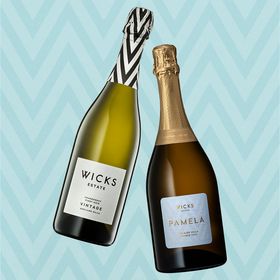 We tend every vine and grow every grape. We then take those precious grapes a short trip to our winery, situated right in the middle of our vineyard. This obsessive care is our family’s guarantee of quality.
We tend every vine and grow every grape. We then take those precious grapes a short trip to our winery, situated right in the middle of our vineyard. This obsessive care is our family’s guarantee of quality.
Bellebonne Wine – Tasmania
Sparkling wines: 2016 Bellebonne Vintage Cuvee and Bellebonne Bis Non-Vintage Rosé
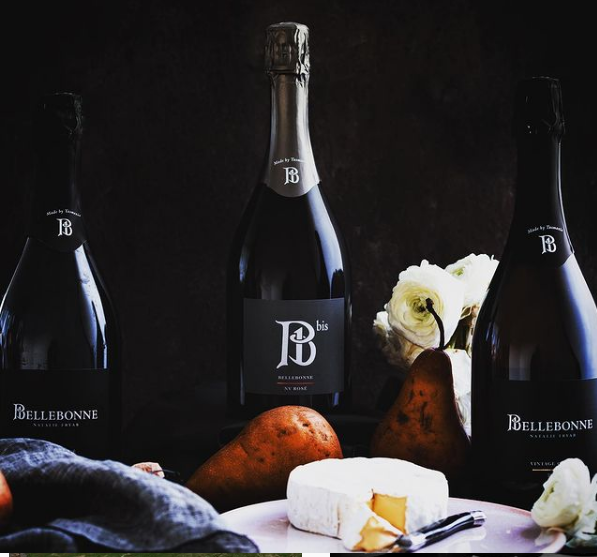
BELLEBONNE [bell-y-bon] *
Beautiful and good, like Tasmania. A belief that good things should be made of beauty and purpose. Driven by the knowledge that Tasmania creates sparkling wines of detail and precision. That shares something honest, elemental and full of wonder about Tasmania. Wine of purity that speaks of the landscape and seasons that have shaped it.
Best’s Wines – Great Western and Grampians Wine Region
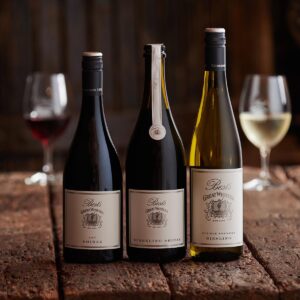 Sparkling wines: 2016 C.M.T Méthode Traditionnelle and 2017 Sparkling Shiraz
Sparkling wines: 2016 C.M.T Méthode Traditionnelle and 2017 Sparkling Shiraz
Best’s Wines Great Western is one of Australia’s ‘best kept’ winery secrets. Founded in 1866, we are a family-owned and operated winery (5th generation) with some of the oldest and rarest vines in the world. Henry Best’s original Nursery Block, containing more than 40 different varieties and featuring his old Shiraz and Pinot Meunier plantings, are among Australia’s most valuable vineyard resources. The Thomson family are celebrating their 100th year as custodians this of Best’s Wines, purchased from Henry Best’s son in 1920.
There is something very special about the wines from Great Western. The pedigree of our historic vineyards allows us to make elegant, finely structured wines with great intensity and balance. Best’s avoids the heavy-handed use of oak or winery interventions; instead, the winemaking team allows the fruit from Great Western to tell its own story. Like many classic long-lived wines, their best attributes are revealed over time.
Voirin-Jumel Wines – Cramant, Champagne, France
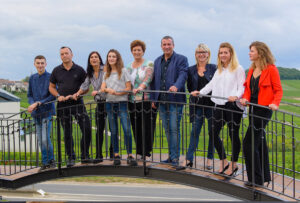 Champagne: Voirin-Jumel Grand Cru, Blanc de Blancs Brut; Blanc de Noirs 1er cru; 2012 Blanc de Blancs; Rose 1er Cru
Champagne: Voirin-Jumel Grand Cru, Blanc de Blancs Brut; Blanc de Noirs 1er cru; 2012 Blanc de Blancs; Rose 1er Cru
The domain is located in Cramant, prestigious village Grand Cru of the côte des Blancs. Voirin – Jumel has been a family farm for 5 generations. Taking care of creating Champagnes worthy of the legendary Grand Cru terroirs. The family vineyard covers 13 hectares, harvested and pressed by us. Our vineyard approach is natural.
“It is not enough to have a Grand Terroir, you have to respect it”
Lost Farm – Northern Tasmania
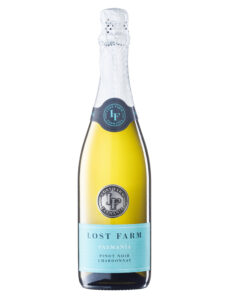
Sparklings: Lost Farm Vintage 2015 Cuvée Sparkling; Lost Farm NV Brut Pinot Noir Chardonnay
Lost Farm Wines is about discovery and potential. Working with the talented growers and the exceptional vineyard sites, aiming to realise the potential in the wines we make from them. Made with Pinot Noir and Chardonnay sourced from the cold climate of Northern Tasmania our sparkling wines are complex, elegant wines that shows brioche, nougat and yeasty notes on the nose. A fine persistent bead seamlessly carries these flavours across the palate with brilliant texture and a classic refined finish.
Special offer and promo code: enter code FREEFARM on checkout for free shipping
Champagne Jacquart – Reims, France
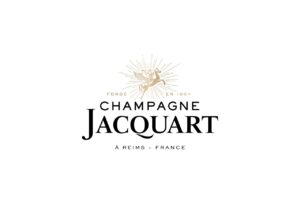 Champagnes: Jacquart Mosaique Brut, Jacquart Mosaique Extra Brut, Jacquart Mosaique Rose, Jacquart Blanc de Blancs, Jacquart Cuvee Alpha, Jacquart Cuvee Alpha Rose.
Champagnes: Jacquart Mosaique Brut, Jacquart Mosaique Extra Brut, Jacquart Mosaique Rose, Jacquart Blanc de Blancs, Jacquart Cuvee Alpha, Jacquart Cuvee Alpha Rose.
Champagne Jacquart was founded in 1964 by Chardonnay growers and today is one of the largest grower-producers in Reims, France meaning they have 100% vineyard ownership & produce all their own Champagne. They are part of the Alliance Champagne Group & one of Champagne’s largest source of grapes. Jacquart’s vineyards are present in 8 of 17 Grand Cru and 20 of 44 Premier Cru regions. They have an increasing focus on sustainable winegrowing with 20% of acreage certified sustainable in 2017 with the goal to grow this in future years to come. The Champagne Jacquart style is unique and contemporary across the range: fresh, elegant and refined.
Special offer and promo code: 15% off with ‘BUBBLES’
Mezzacorona & Rotari – Trentino, Italy
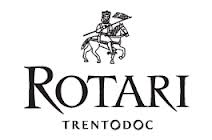 Sparklings: Rotari Brut, Rotari Rose, Mezza di Mezzacorona.
Sparklings: Rotari Brut, Rotari Rose, Mezza di Mezzacorona.
Special offer and promo code: 15% off with ‘BUBBLES’
Oakdene – Bellarine Peninsula, Geelong, Victoria
Sparklings: NV Oakdene Pinot Noir Chardonnay, 2015 Oakdene Yvette 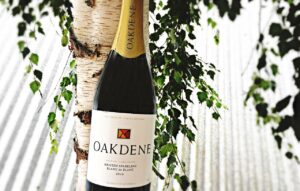 Pinot Noir Chardonnay, 2016 Oakdene Kristen Blanc de Blanc
Pinot Noir Chardonnay, 2016 Oakdene Kristen Blanc de Blanc
Oakdene’s range of Sparkling Wines are all made in a dry style, using the traditional varieties of Pinot Noir and Chardonnay. The range includes a fruit driven style, limited production Vintage wines made using the traditional method with extended aging.
Special offer and promo code: 10% discount and free shipping Australia wide on purchase of 6 bottles or more (applies automatically at checkout)
Levrier by Jo Irvine – Located in Barossa, making wine from Eden Valley, Barossa and Adelaide Hills
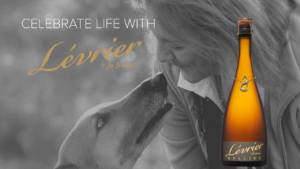
Sparkling: Levrier by Jo Irvine Adelaide Hills Sparkling Meslier Brut Rosé
“I make small batch wine styles that I like to drink. My wines are all soft, juicy and vegan friendly. I support the Greyhound Adoption Program which is why all my labels have greyhounds on them, and I named my brand Levrier, which means ‘greyhound’.”
Special offer and promo code: All wine lovers can order at club rates and $10 from every order is going to Meal on Wheels SA until end of April.
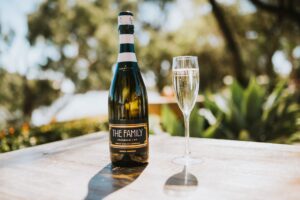 Trentham Estate – Trentham Cliffs, NSW
Trentham Estate – Trentham Cliffs, NSW
Sparklings: Prosecco NV and Tasmania Pinot Noir Chardonnay NV
Our Cellar Door is located at an impressive riverside destination where we share a tradition of quality food, wine and customer service. Trentham is very proud of, and humbled by, the many awards and accolades it has collected over the past 30 years – including hundreds of wine show medals, an impressive array of wine trophies, and business awards. We look forward to welcoming many more visitors to our stunning location on the banks of the Murray in the future.
Clover Hill – Pipers River, North East Tasmania
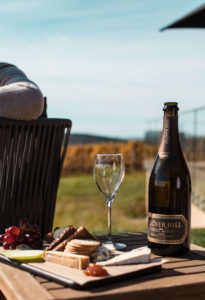
Sparklings: Clover Hill Tasmanian Cuvee NV, Clover Hill Tasmanian Cuvee Rose NV, Clover Hill Vintage Brut 2013, Clover Hill Cuvee Exceptionnelle Blanc de Blancs 2013, Clover Hill Cuvee Exceptionnelle Vintage Rose 2015 & Clover Hill ‘Late Disgorged’ Cuvee Prestige Blanc de Blancs 2006
Clover Hill is one of Australia’s very few premium sparkling houses solely producing sparkling wines in the traditional method. With the intention to produce a refined sparkling wine to rival that of great Champagne houses, Clover Hill was established in 1986 on the site of an old dairy farm in north eastern Tasmania. These first plantings produced Clover Hill’s debut vintage in 1991. Since this time, Clover Hill has become synonymous with elegance and refinement, gaining a reputation of uncompromising quality. Clover Hill’s commitment to excellence has been recognised with numerous awards which include being inducted into the Australian Sparkling Hall of Honour in 2017 and being twice awarded Tasmanian Vineyard of the Year.
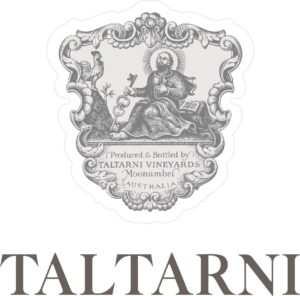 Taltarni Estate – The Pyrenees, Victoria, Australia
Taltarni Estate – The Pyrenees, Victoria, Australia
Sparklings: Taltarni 2016 Blanc de Blancs, Taltarni 2013 Cuvee Rose, Taltarni 2015 Brut, Taltarni 2017 Sparkling Shiraz & Taltarni T Series Brut
Taltarni Vineyard and Winery was founded on the principles of individuality, independence and expression, which still guide us today. Combining old-world traditions with innovative new-world techniques, Taltarni produces a diverse range of méthode-traditionnelle crafted sparklings. Taltarni’s portfolio continues to be a reflective expression of the varietal and terroir from which our wines are born.
Special offer and promo code: see our wine specials page on our website
Oakridge Estate – Yarra Valley, Victoria Sparklings: 2014 Blanc de Blanc & 2017 Sparkling Meunier
Sparklings: 2014 Blanc de Blanc & 2017 Sparkling Meunier
Oakridge is a family-owned, Yarra Valley winery, restaurant and cellar door. Originally established in 1978, alongside a ridge of oak trees. Our many awards are due to the level of distinction and excellence our team strives for in every bottle; reflecting meticulous care from soil to grape and barrel to bottle.
Special offer and promo code: BUBBLESREV10 for 10% off our online store
Rob Dolan Wines – Yarra Valley, Victoria
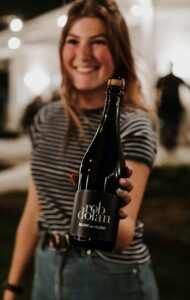 Sparkling: 2018 Black Label Blanc de Blanc
Sparkling: 2018 Black Label Blanc de Blanc
Our Blanc de Blanc is the perfect way to start off as it is aperitif in style so gets you salivating and ready to taste. It is called blanc de blanc as it is a white wine crafted from a white grape, specifically, Chardonnay that we get from the Yea Valley. The Yea Valley is a relatively cold area, so perfect for sparkling bases as it keeps the acid high, forming zesty and fresh sparkling wines. This one is very easy drinking, perhaps slightly dangerous, that’s what we love about it!
Special offer and promo code: Free shipping Australia wide for a limited time. Enter code: SUPPORTSMALL at checkout.
Fratelli Wines – Yarra Valley, Victoria
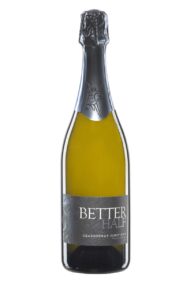 Sparkling: NV Better Half Pinot Noir Chardonnay
Sparkling: NV Better Half Pinot Noir Chardonnay
Andrew and Megan Santarossa’s vineyard is located in the very cool site of the Yarra Junction in the Yarra Valley. They specialise in sparkling and table wines, having learnt their trade from working at Mitchelton and Chandon. A classic blend of Pinot Noir and Chardonnay provides a clean fresh style with complexity on the back palate.
Special offer: 30% off RRP
See Footprint Wines website to order
See Saw Wines – Orange, NSW
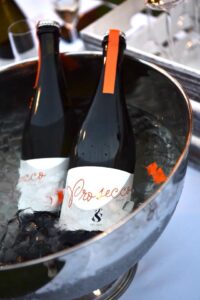 Sparkling: 2019 See Saw Prosecco
Sparkling: 2019 See Saw Prosecco
For over 25 years Justin & Pip Jarret have been making cool climate wines from their three, high altitude, certified organic vineyards. This vintage Prosecco is clean and very well balanced with a silky creamy texture.
Special offer: 30% off RRP
See Footprint Wines website to order
Smallfry Wines – Barossa Valley, SA
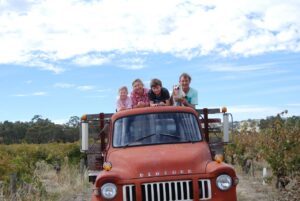 Sparkling: 2019 Smallfry Pet-Nat Rose
Sparkling: 2019 Smallfry Pet-Nat Rose
Wayne & Suzi like to push the boundaries with experimental blends and obscure varietals from their old vine vineyard in Vine Vale Barossa Valley. Natural ferments, no additions, no fining or filtration. This savoury Pet-Nat is produced from a variety so rare that the winery still doesn’t know what it is, so they call it Vine X!
Special offer: 30% off RRP
See Footprint wines website for sales
House of Cards – Margaret River, WA
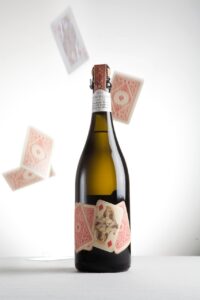 Sparkling: ‘Queen of Diamonds’ Blanc de blancs
Sparkling: ‘Queen of Diamonds’ Blanc de blancs
A small family-run Cellar Door in Margaret River. Established in 2011 by Travis and Elizabeth Wray. Producing 100% Organic, Single Vineyard wines.
Federica Rigoni Stern – Veneto, Italy
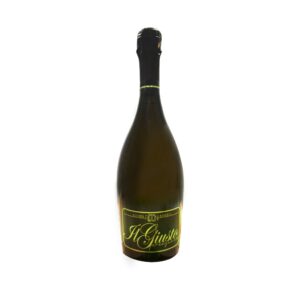 Sparkling: NV Rigoni ‘Il Giusto’ Extra Dry Prosecco DOC
Sparkling: NV Rigoni ‘Il Giusto’ Extra Dry Prosecco DOC
Federica inherited the winery from her grandfather Gus, who founded the winery in 1963. A small 12 hectare vineyard entirely planted with Glera for premium Prosecco production. This Prosecco is a dry version with a very refreshing green apple character.
Special offer: Wines are 30% off RRP
See Footprint Wines website to order
Apollonis Champagne – Marne Valley, Champagne
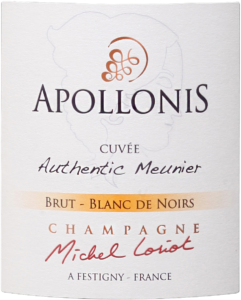 Champagnes: NV Apollonis Authentic Meunier, NV Apollonis Theodorine Rose, NV Apollonis Palmyre Brut Nature
Champagnes: NV Apollonis Authentic Meunier, NV Apollonis Theodorine Rose, NV Apollonis Palmyre Brut Nature
16th Generation Grower from the town of Festigny in the Marne Valley. A small family Estate who specialise in the production of Pinot Meunier.
Special offer: 30% off RRP
See Footprint Wines website to order
Cloak and Dagger – Central and the King and Alpine Valleys in North-East Victoria
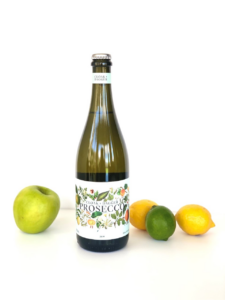 Sparkling: Cloak and Dagger – Prosecco
Sparkling: Cloak and Dagger – Prosecco
Vibrant aromatics punctuated by crisp apples and pears, zingy citrus and top notes of orange blossom. Delicate flavours of lemons and pears zip across the palate. Crisp and dry, this sparkling is bright and satisfying with a long refreshing finish. It’s perfect on its own or amazing in a spritz!
Degen Wines – Pokolbin, Hunter Valley
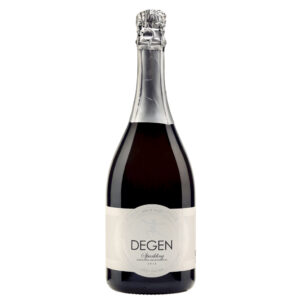 Sparkling: Degen 2018 Sparkling Semillon Chardonnay 2018
Sparkling: Degen 2018 Sparkling Semillon Chardonnay 2018
We are one of the smallest commercial single vineyards in the Hunter Valley. Some 20 years ago we planted three of the great noble grape varieties that have been grown in the Hunter: Shiraz, Chardonnay and Semillon. Our small Cellar Door has provided an avenue for us to meet wine lovers from far and near that visit us for tastings of our premium wines we produce, made by award winning winemakers.
Special offer and promo code: Free delivery and 20% discount. Use code: DEG365 at checkout.
Printhie Wines – Orange, NSW
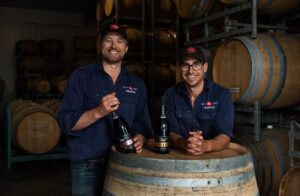 Sparklings: Swift Sparkling – Swift NV Cuvée; Swift Sparkling Rosé; Swift 2012 Vintage Chardonnay Pinot Noir; Swift 2010 Blanc de Blancs; Swift 2016 Blanc de Noirs (to be released 2020)
Sparklings: Swift Sparkling – Swift NV Cuvée; Swift Sparkling Rosé; Swift 2012 Vintage Chardonnay Pinot Noir; Swift 2010 Blanc de Blancs; Swift 2016 Blanc de Noirs (to be released 2020)
From the highest vineyards in NSW on the slopes of the extinct volcano Mt Canobolas, an elite range of sparkling has been handcrafted by Printhie Wines. Brothers Ed and Dave Swift have made their mark on the Australian sparkling scene with their method traditionnelle Swift Sparkling. Exceptional winemaking, cool climate craftmanship and the luxury of time has created a trophy winning range of sparkling wine. Printhie’s passion for sparkling is demonstrated by the patience required to ensure each bottle of Swift Sparkling has been aged to perfection before release. Spending at least 5 years on lees with some up to 9 years. The range has won 10 trophies and over 60 medals in the last 4 years alone.
Special offer and promo code: Use ‘FREEDELIVERY’ coupon at checkout for free shipping.
Tamburlaine Organic Wines – Hunter Valley, Orange and Central Ranges
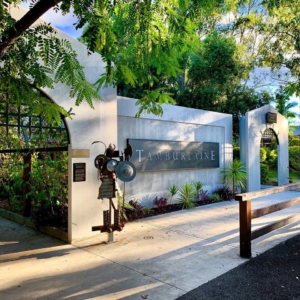
Sparkling: On The Grapevine Preservative Free Sparkling ‘Au Naturel’
Tamburlaine was established in 1966. In 1985 the Hunter winery was purchased by a small group of friends and relatives led by Managing Director and Chief Winemaker, Mark Davidson. Mark has built his long-term winemaking philosophy around Contemporary Organic practices in the vineyard and the winery. After challenging years of research and development, we have become one of Australia’s largest producers of organic wines with vineyards in the Hunter Valley and Orange region.
Special offer: $16/bottle when you select 12 wines from this range. Buy two dozen or more to access $14/bottle. Limited time only.
De Beaurepaire Wines – Central Ranges Region – Rylstone, NSW
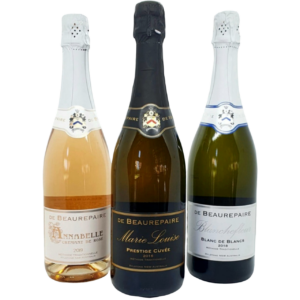 Sparklings: 2016 ‘Marie Louise’ Prestige Cuvée; 2018 ‘Blanchefleur’ Blanc De Blancs; 2019 ‘Annabelle’ Crément De Rose
Sparklings: 2016 ‘Marie Louise’ Prestige Cuvée; 2018 ‘Blanchefleur’ Blanc De Blancs; 2019 ‘Annabelle’ Crément De Rose
Founded in 1998 by Richard and Janet de Beaurepaire and now joined by their children Amanda & Will, De Beaurepaire Wines is a terroir focused wine producer from Rylstone, within the Central Ranges (near Mudgee and Orange) of NSW. The family originates from Burgundy, so Richard and Janet chose to pioneer wine production in Rylstone due to its similarity to the terroir of the Côte de Beaune in Burgundy. Their wines can only be found at their cellar door or in great bars, restaurants and hotels. In 2018 they were awarded by Winestate Magazine, ‘Best Australian Wine’ – a first for a NSW producer since the award inception 40 years ago; and Best Australian and New Zealand Dessert Wine.
Special offer and promo code:
- 25% off 12+ bottles & free shipping (code: ATHOME12)
- 10% off 6 bottles & free shipping (code ATHOME6)
Stomp Wines – Hunter Valley
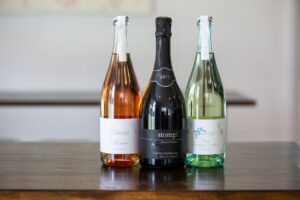 Sparklings: Stomp Sparkling Verdelho; Stomp Sparkling Moscato; Limited Release Stomp 2017 Sparkling Chambourcin
Sparklings: Stomp Sparkling Verdelho; Stomp Sparkling Moscato; Limited Release Stomp 2017 Sparkling Chambourcin
Stomp! Wines is a family business based in the beautiful Hunter Valley wine region. Husband and wife owned and operated, we stomp to the sound of our own drum. Our two stunning contemporary brands, Stomp! and Pssst ‘n’ Broke, say it all – relaxed, casual, maybe a little irreverent, but always authentic! We remain true to ourselves and our craft as we have fun creating all our wines to capture the true essence of ourselves and our stomping ground.
Special offer and promo code: Buy any 5 or more sparkling and we’ll add a free bottle (of our choice) with free delivery. Use coupon code – Bubbles
Hollydene Estate Wines – Upper Hunter Valley
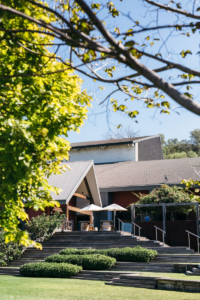 Sparkling: Juul Blanc de Blanc 2008
Sparkling: Juul Blanc de Blanc 2008
Located in the picturesque Upper Hunter region, Hollydene Estate is a beautiful destination location, with a stunning Cellar Door and award winning restaurant.
With two of The Upper Hunter’s oldest and most iconic vineyards. The Juul Blanc de Blanc sparkling is a multi award winner, for Best Mature Sparkling two years running and Best Extended Yeast Age at The Australian Sparkling Wine Show.
Be sure to put Hollydene Estate on your ‘must see’ list when visiting the Hunter Region.
Special offer and promo code: 15% off – 15OFF2020 can be used multiple times. Valid until 30 Sep 2020 (not valid with already discounted sale items) or join wine club for 20% off and free shipping.
Borambola Wines – Gundagai, New South Wales
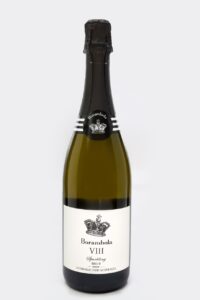 Sparklings: Borambola Wines, VIII Sparkling Brut
Sparklings: Borambola Wines, VIII Sparkling Brut
Borambola Wines is a family owned business, specialising in 100% locally grown and produced beer and wine including, red, white, sparkling, Tuckerbox Hoppy Lager beer and apple cider. Borambola Wines philosophy is simple – we strive to grow the best grapes and to make the best wines. We do this by combining traditional ‘old world’ wine making methods with the upcoming technology advancements of the ‘new wine world’, as well as using organic and environmental best practice. We welcome visitors to our Cellar Door for tastings, as well as catering for weddings, ceremonies, corporate functions and special events.
Special offer: Buy 6 and receive a free gift
Note: The Bubbles Review is not involved in selling wine. This page is for information only. All sales and deliveries are made with the wineries or distributors directly. Subject to their own licencing arrangements. You must be of legal drinking age to purchase. The Bubbles Review promotes responsible serving of alcohol. If you have any questions about purchasing, please contact the wineries directly.
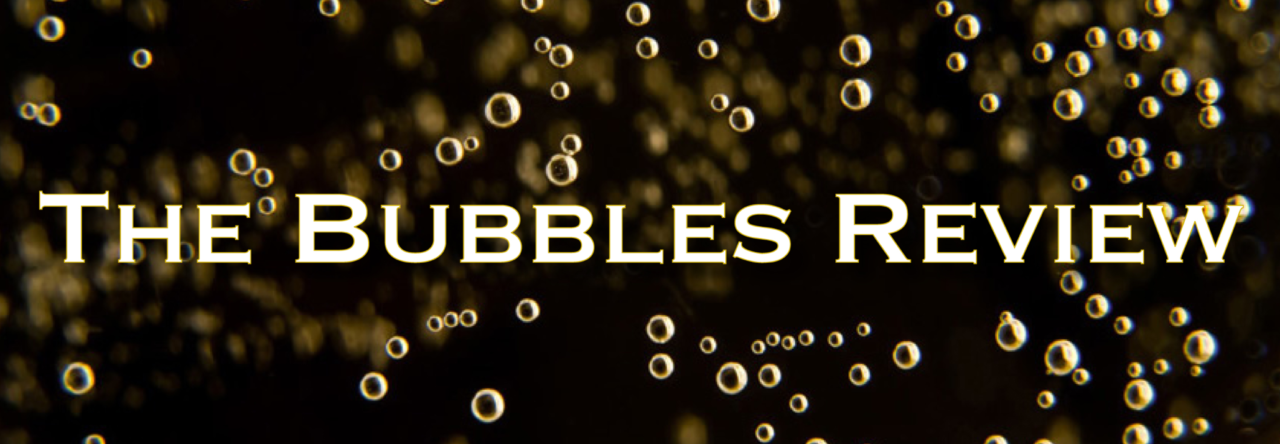
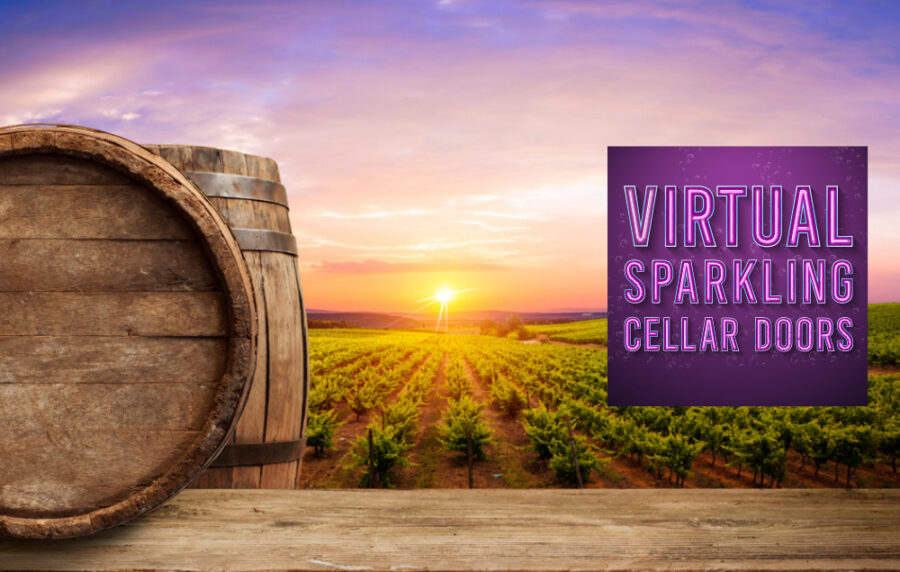
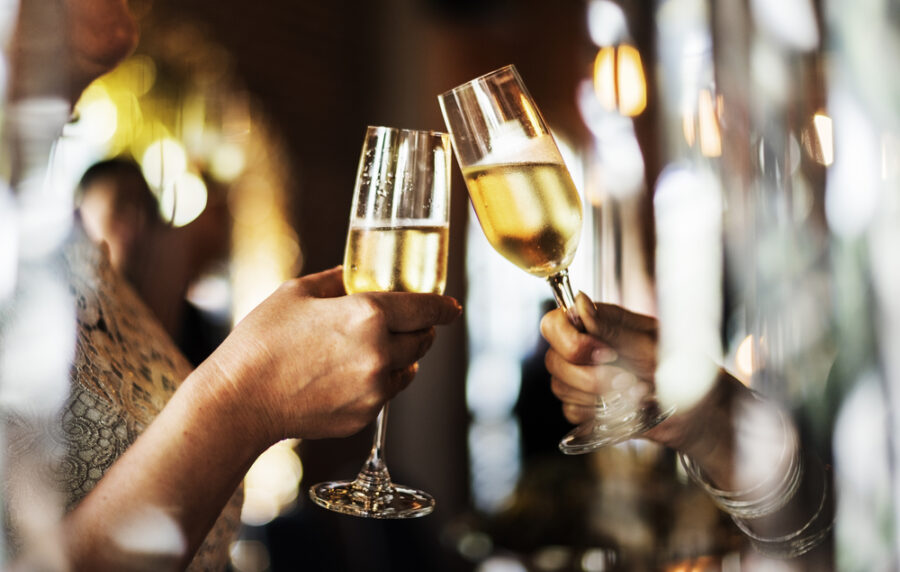
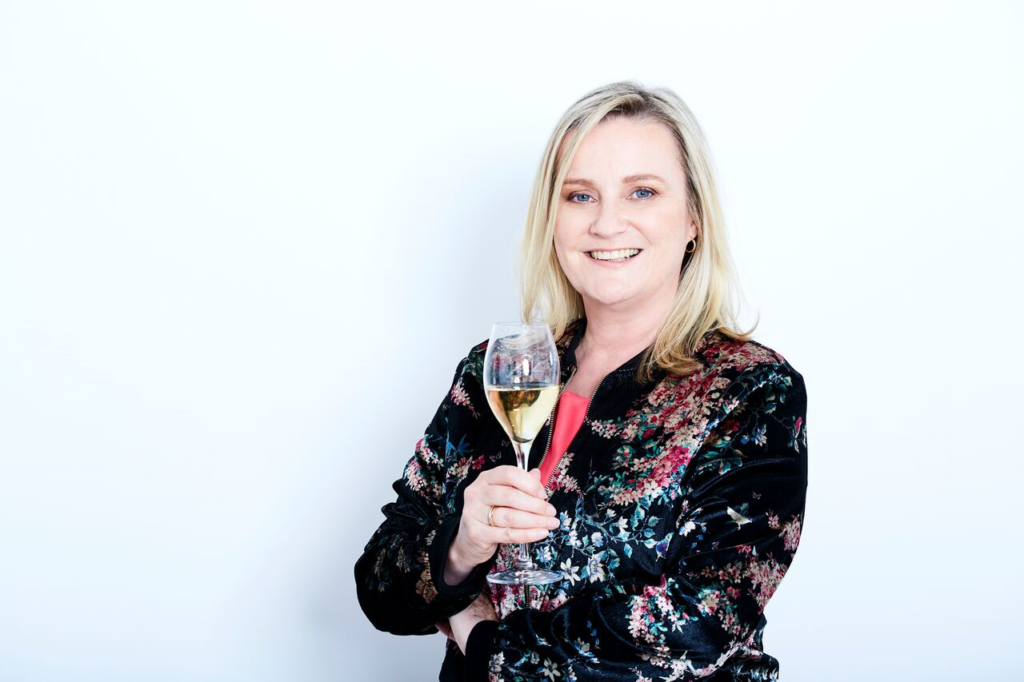

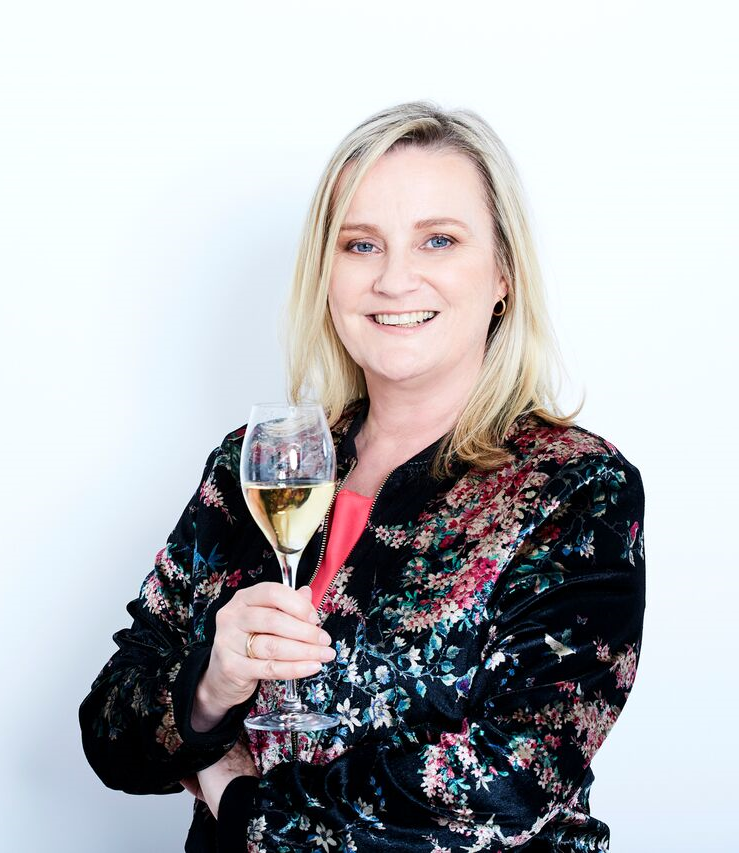 Natalie Pickett is the Founder of The Bubbles Review which is for people who like champagne and other bubbles, written by people who have a love of all things sparkling! At The Bubbles Review, we like to debunk some myths, make the art of drinking champagne accessible, explore bubbly regions and champagne bars, and provide events for you to join us and indulge.
Natalie Pickett is the Founder of The Bubbles Review which is for people who like champagne and other bubbles, written by people who have a love of all things sparkling! At The Bubbles Review, we like to debunk some myths, make the art of drinking champagne accessible, explore bubbly regions and champagne bars, and provide events for you to join us and indulge.